Why Employee Advocacy Must Be Part of Your Social Media Marketing Plan
Original Source: http://feedproxy.google.com/~r/1stwebdesigner/~3/NKiyn4kWX5g/
In the competitive business world, new companies have plenty of disadvantages. One of the biggest is shaky consumer trust; no one wants to give money to a group that has no reviews or well-known entities to vouch for them.
There are plenty of solutions to this problem, one of the most potent being social media marketing. Employee advocacy is one newer form of this solution. People are more likely to trust non-celebrity endorsements, especially from peers, so getting employees to talk about your business can be very helpful.
But how does it work? And how can you implement this lucrative technique effectively? An employee advocacy plan is easy to put in place but difficult to master, so it’s important to gather all the info you can from the start.
What Is Employee Advocacy?
When your employees reblog or retweet your posts, endorse you on social media, or discuss your business with others online, that is employee advocacy in our modern world. It also encompasses when employees share content published by the employer or when they share content published by others that’s also about the employer.
In short, it is when the workers publicly support the company from their personal profiles, rather than celebrities, branded profiles or managers doing so.

It’s no news that the internet has empowered and changed the way businesses approach marketing, though rarely do they turn to employees for help. Which is a shame, because this practice increases customer trust and website traffic.
How Do You Use It?
While some companies have informal programs to encourage social media support, this approach is more difficult to track if not less effective. You can keep an eye on employees’ accounts, but it’s difficult to track the influence, user engagement, and overall success of many workers.
Luckily, there are “mini social media” platforms with the aim of employee advocacy, such as LinkedIn Elevate, Smarp, Sociabble, or Dynamic Signal, which provide many useful features and analytics. Link tracking allows you to see whose posts get the most clicks, what content is the most popular, and so forth. Employees can even compete on leaderboards or earn points to spend on prizes.
These platforms make it easier to publish articles since everything is managed in one convenient location, which is key if you want to take your company’s employee advocacy program seriously. And this way, once the content is published, employees can quickly and easily share across multiple social media platforms. That’s a lot easier than having to send out daily memos reminding employees to post to Twitter or Facebook.
Lastly, this sort of tool provides an easy way for both employers and employees to communicate, collaborate, and stay up to date. Email may not quite be outdated yet, but being able to place relevant information right in the app, rather than mass-emailing a large team, is certainly more convenient.
Using an employee advocacy tool is an all-around better option than skipping it altogether.
Why Do You Need it?
If you wished to, you could create a few Twitter accounts for the leaders of your company, set up some bots to tweet out links to anything you post on your blog, log out forever, and call it a day. This certainly wouldn’t be anything out of the ordinary.
However, most users can spot a strictly automated account a mile away and won’t be very impressed with your company. Fans may subscribe to you just to be notified when there’s a new blog post, but there will be nothing in the way of audience engagement. New prospects who visit your social media accounts may be turned away by the obviously automated content.
However, an interesting feed with a human touch and lots of user interaction is something that people will appreciate. You may be too busy to stay active on social media, but your employees might not be.

Consumers are less likely to trust CEOs nowadays, so the spotlight turns to the average person. Not to mention, average folks may have their own network of friends and peers their content can reach. A long reach is the key to brand success.
It’s fairly clear: this is a profitable marketing tool that produces more natural and appealing content. The internet has wised up to clickbait and automated accounts, so it’s now necessary to put a bit more effort in. And when it comes to social influence, employees are the ones who have the public’s trust.
Encouraging Advocacy
Now that you know what employee advocacy is and why you need it, how do you get employees motivated? If the program provides no reward incentives or positive effect on their career, they won’t waste their time. You’ll have to give some encouragement.
Firstly, forcing employees to speak about your brand on social media is not the way to go. Morale goes down the drain quickly when you make people do something they’re not interested in. Instead, get them interested! Offer incentives to get them excited. Implement a rewards system, or use a leaderboard to challenge competitive workers.
And instead of giving huge paragraphs of intricate rules, regulations, and expectations, set short and clear guidelines and allow the workers to take control, producing and sharing content that they enjoy. Consumers know when an employee loves what they do, and you’ll earn the trust of them both.

The important thing: don’t dictate their every move. Rules are important, but don’t overdo it. It may seem risky to give someone free reign over your company’s image, but the rewards are far greater. This employee-first doctrine creates content that sounds more real, and less like it was written by an SEO bot or produced in a factory.
Perhaps you could even allow them to create their own content. Talented authors, artists, and image/video editors could prove to be a huge asset if you can discover them. And who can say no to extra career opportunities?
Produce Relevant Content
When your staff has nothing to share, what will they talk about? If you’re not already in full social media mode, then it’s time to get started. Get on Twitter, write on Facebook, and start creating blog posts.

Besides drawing extra attention to your company, it’s both effective repostable material and opens up avenues for discussion by your employees. Don’t forget to have some fun, though! If your company hosts a party, get everyone together for a picture. Content like that provides a breath of fresh air and gives consumers a look into the company atmosphere.
In short: Everything you post on social media should either be insightful, memorable, or fun. Engaging articles with snappy titles, relevant but interesting images, or quick videos are all appropriate. After all, most people on Twitter wants to watch a 20-minute video about the stock market or read a 10,000 word digest on tax returns. Sticking to this general idea will benefit both your social media popularity and your employee advocacy plan.
Improve Your Marketing Strategy With an Advocacy App
The definite way to implement this marketing plan is by using a networking platform. There are many apps out there that can connect your company online, but it’s best to choose one that’s designed around employee advocacy.
Apps like these cover the features most business connection apps provide, while also giving you access to relevant analytics. This information will let you know what content to target and how interested consumers are in your brand. Without this valuable intel, you’ll have to rely on follower and like counts to gauge effectiveness — which can often be unreliable.
Start small. Loop in the best of your employees, the ones who seem eager and willing to try new things. Run contests and set goals for them to meet. If you find success, you can roll it out to willing workers, and continue until you have a stable platform.
And in time, you’ll have a successful program that’s both boosted your visitors and given your employees chances to further their skills and careers. If nothing else, it’s worth trying! The risks are minimal, but the benefits are immense.

 As a freelancer, there are times when you need to fill the gap between clients, or up your income a bit by completing micro-gigs. Micro-gigs can be ideal freelance projects because they typically don’t take much time. It’s also relatively easy to impress the client, and you may even wind up developing a long-term relationship with them. At the very least, you’re sure to learn some new skills.
As a freelancer, there are times when you need to fill the gap between clients, or up your income a bit by completing micro-gigs. Micro-gigs can be ideal freelance projects because they typically don’t take much time. It’s also relatively easy to impress the client, and you may even wind up developing a long-term relationship with them. At the very least, you’re sure to learn some new skills.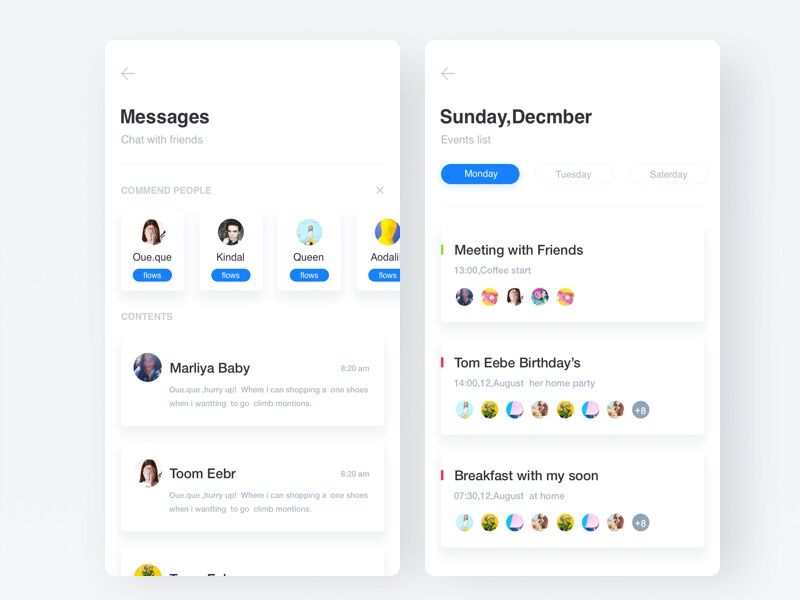
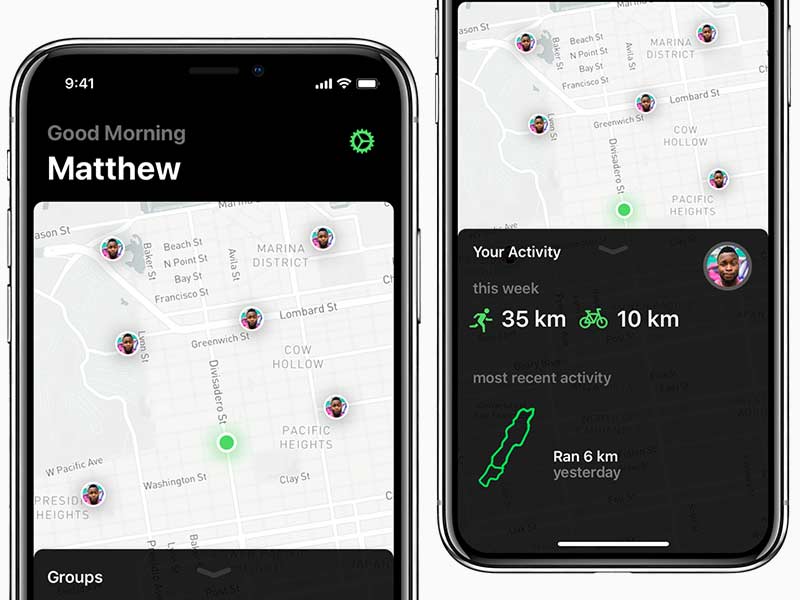
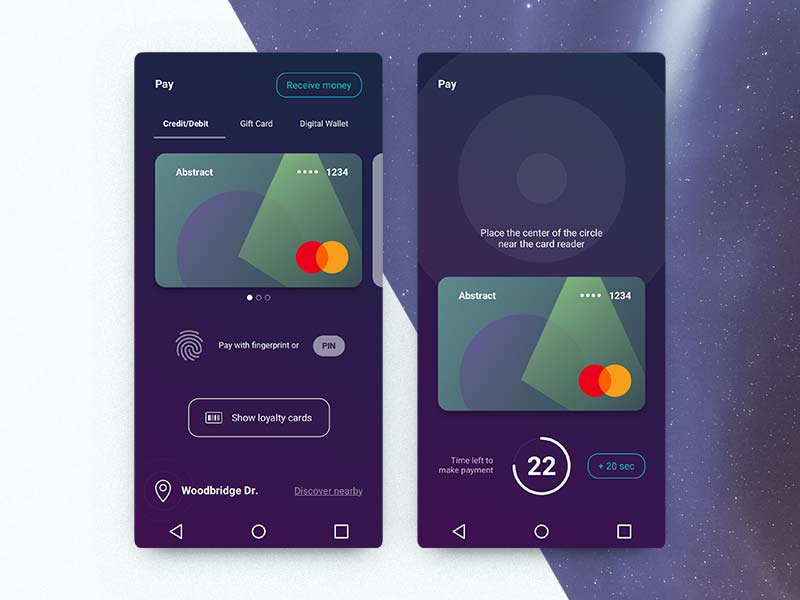
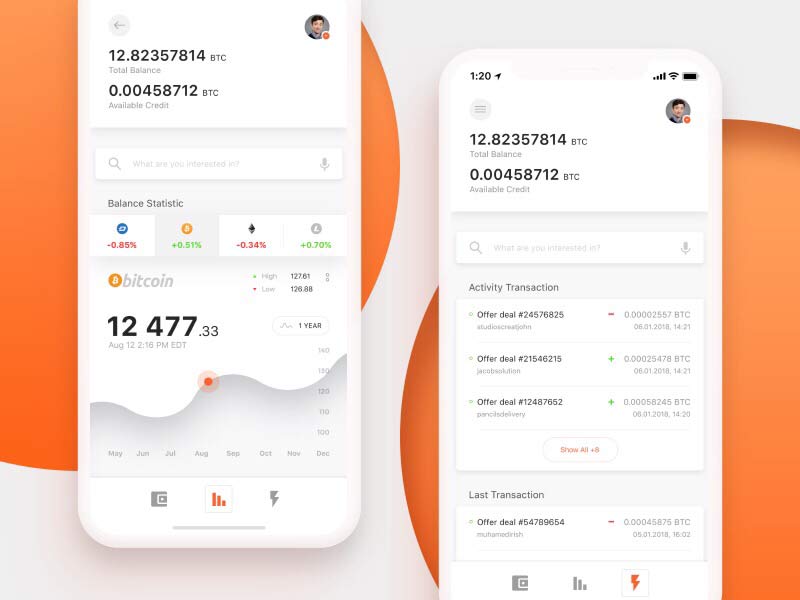
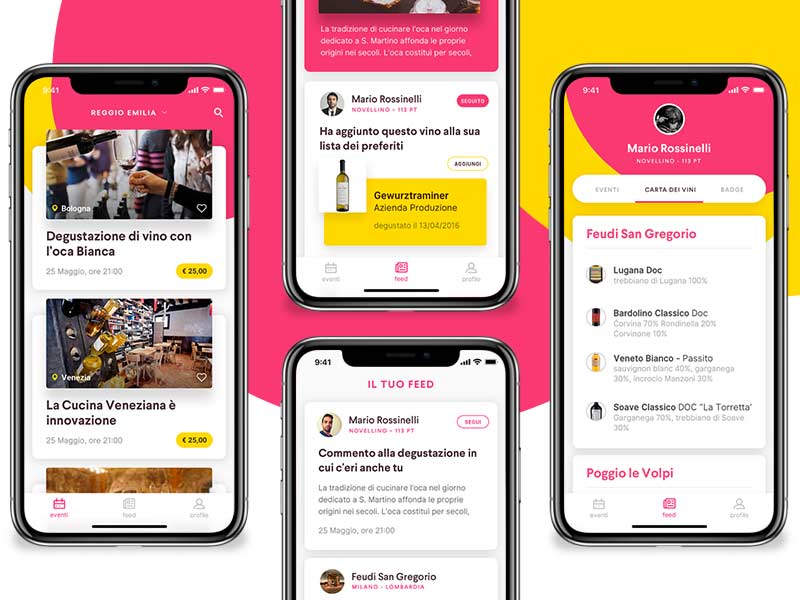
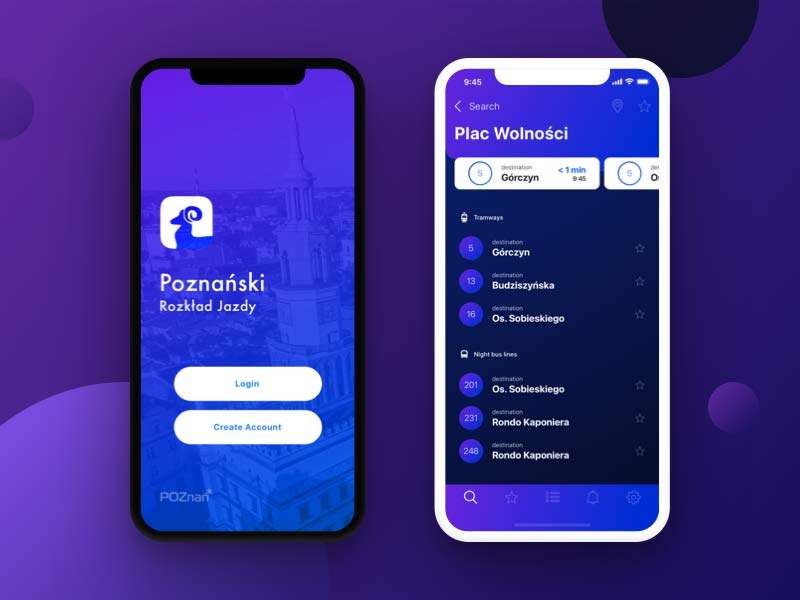
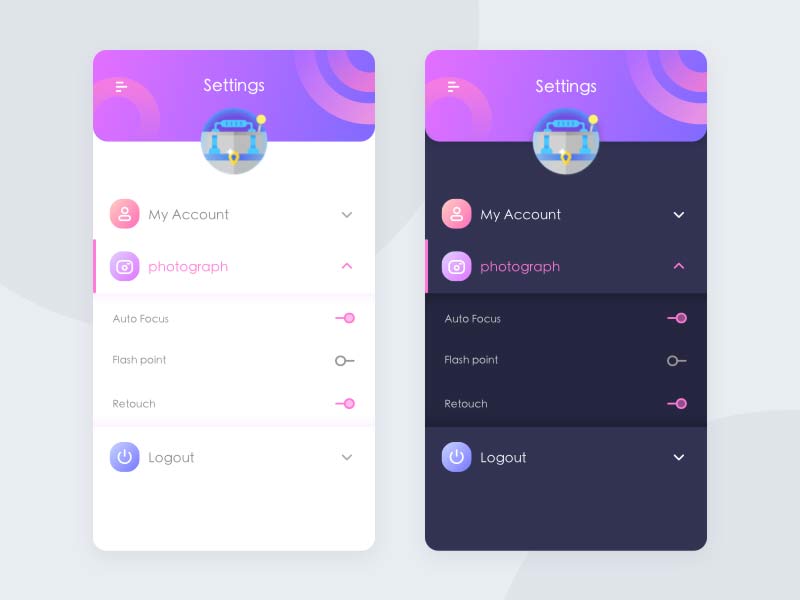
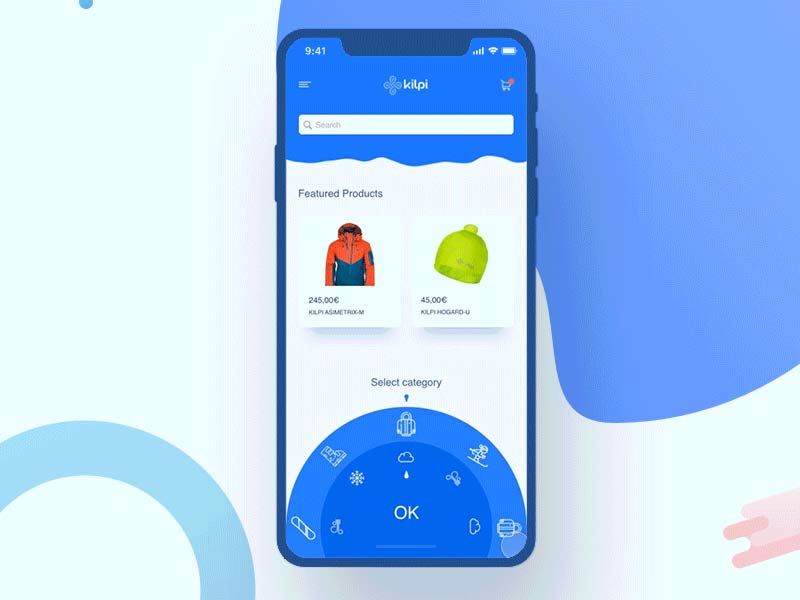
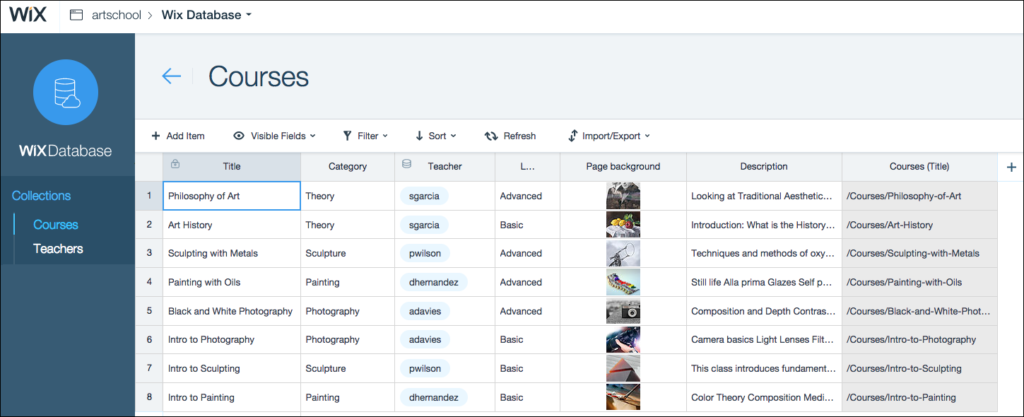
























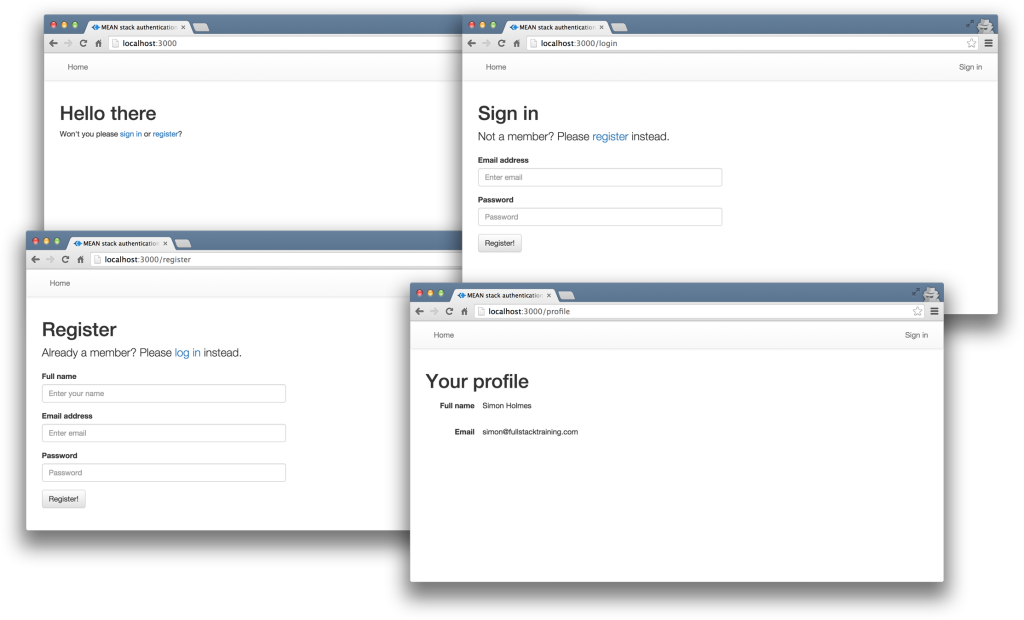
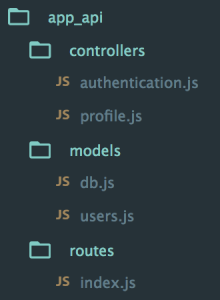





 Every week users submit a lot of interesting stuff on our sister site Webdesigner News, highlighting great content from around the web that can be of interest to web designers.
Every week users submit a lot of interesting stuff on our sister site Webdesigner News, highlighting great content from around the web that can be of interest to web designers. 
























